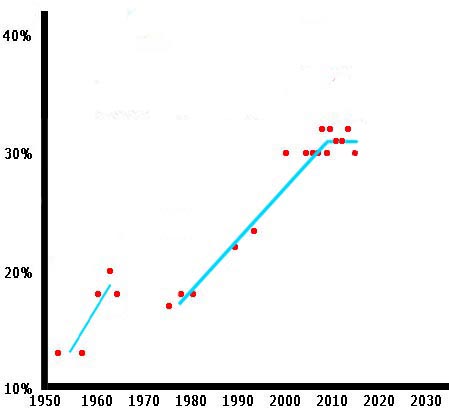In today’s day and age it is hard to deny that the internet is starting to make its indent on Television. With powerhouses like Netflix and Hulu leading the charge, Television consumption will most certainly never be the same. This article is dedicated to explaining why streaming is dominating TV and what this means for the industry going forward.
First off, lets start with the obvious. The one thing that really makes television tick is the fact that it can give every house access to things happening miles away in light speed. Live television is the essence of the industry and will probably keep it going throughout the changing field. But in recent decades TV has expanded, started telling stories weekly, and peeked audiences for a different reason. Television started being a way for people to watch interesting stories in shorter periods of time, and in the modern day its even become a way for people to connect on the internet.
So what’s the problem? It seems like TV is an amazing place to watch great stories and drop that tweet you’re itching to send. The big issue is commercials and over saturation.
Commercials: Throughout the decades of television commercials per half hour show have skyrocketed, now resting around the 30% mark. A 30 minute show is typical 21 minutes of content. With streaming services like Netflix, this rapid increase of commercials has started making the viewer aware of just how annoying commercials can be.
Over Saturation: With so many shows and channels, it is truly impossible to stay up to date on everything. Every season, there are more and more shows getting buzz, but not enough free time for people to check them out. Streaming services always have the episodes available for whenever is most convenient for you, they don’t make you wait a week for the next episode
In this age of binge watching, it makes sense that people are jumping on the Netflix style. We recently heard that HBO will now break itself off from cable services and become its own streaming service, charging a fee for access, but promising no commercials and access to a large plethora of old shows, new content, sports events, and movies.
CBS has also surprisingly come out with their own streaming service, which is giving people access to their old goodies as well as their new shows, and although they have commercials implanted, it is a way to raise awareness about the network, especially considering their rights to big events like Thursday Night Football.
So now you have a small overview of the benefits of streaming, but what can cable do? Are they dying? Is there no hope for those pesky cable companies? The answer is yes, there is hope. Cable companies are not stupid, they see the trends heading towards streaming content and have adapted quickly. Almost all cable services now have a large amount of “On Demand” resources. This means you can watch episodes you missed in previous weeks, see sneak previews of the next episodes, and exclusive content. It’s a genius play by the cable companies because it’s such easy access for the consumer and the cable companies can restrict things like fast forwarding and commercial breaks. Even the ratings have changed their system for reading who is watching a show, by judging a show’s audience on weekly numbers instead of overnight numbers.
On demand could have already saved the advertising market for television shows, but even with this spike in On Demand access, people still love instant access to entire seasons instead of just episodes. It will extremely interesting to see what is in the future in this battle for subscription and advertising based television.









